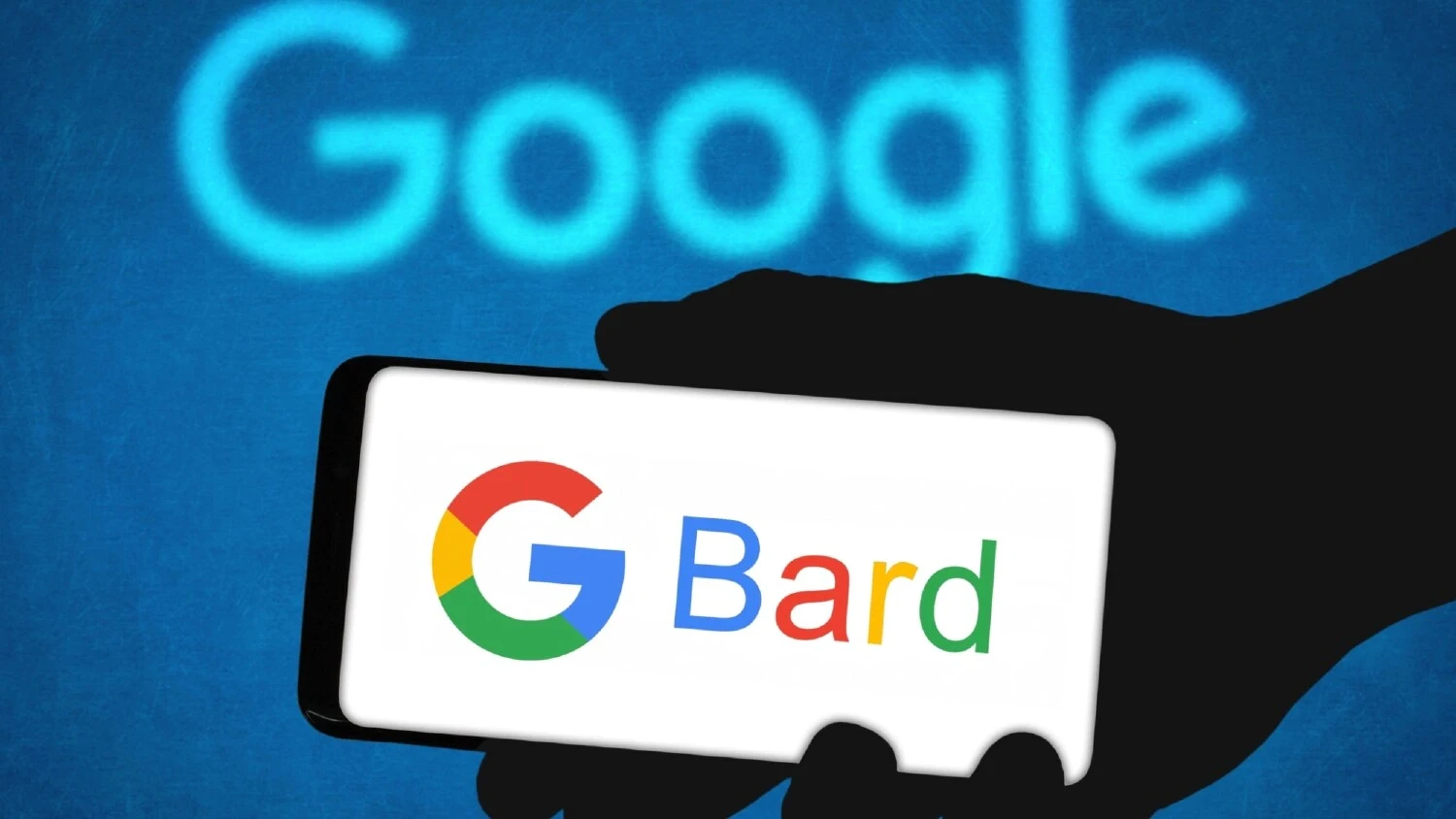Comparing Google's New AI Search with Bard Chatbot: Key Differences and Distinctions.

Bard: Now Available Worldwide with Expanded Language Support and No Waitlist.
Google, the tech giant, showcased its latest core search product on Wednesday, highlighting the integration of advanced AI capabilities in its search results. The move aims to dispel any concerns about Google's competitiveness against Microsoft's Bing search, which is powered by OpenAI's ChatGPT technology.
Notably, Google has also developed its own chatbot called Bard, which directly competes with OpenAI's ChatGPT. Users have been captivated by ChatGPT's ability to provide remarkably human-like responses. Google's introduction of Bard reflects its commitment to staying at the forefront of conversational AI technology.
Google is preferred for information search, while Bard is used for interactive chatbot experiences.
According to the company, traditional Google search remains the recommended choice for finding and gathering information, including locating items for purchase.
Bard, the chatbot with a humanlike persona, is designed for creative collaboration purposes, such as generating software code or crafting captions for photos.
What are the latest enhancements to Google Search?
Google has introduced the Search Generative Experience, an enhanced search feature that maintains the familiar appearance and functionality of its home page.
The key difference lies in the answers provided: if the new Google determines that generative AI can provide a response to a query, the top of the search results page will display the AI-generated answer, while the traditional web links will appear below.
For instance, a search for "weather San Francisco" will continue to present an eight-day forecast, while an inquiry about what to wear in the California city will elicit a detailed AI-generated response, as demonstrated to Reuters recently.
The AI-generated response provided by Google included specific recommendations for dressing in San Francisco, suggesting layers such as a short-sleeved shirt and a light sweater or jacket for the day. The response also included links to the sources from which the advice was gathered.
Additionally, users now have the option to engage in a "conversational mode" that resembles the functionality of Bard and ChatGPT. This mode allows users to ask follow-up questions more conveniently by leveraging the system's memory of their prior inquiries.
However, it's important to note that Google's conversational mode is not designed to emulate a chatbot with a distinct personality. Its purpose is solely to enhance search results. Unlike Bard and ChatGPT, the responses in conversational mode will not contain first-person phrases like "I."
Is the new Google Search available for users to try out now?
The Search Generative Experience will be rolled out to U.S. consumers in the coming weeks through a waitlist, allowing Google to assess the quality, speed, and cost of search results during the trial phase, according to the company's announcement.
Can I try Bard now?
On Wednesday, the company announced that Bard is now accessible in 180 countries and territories without any waitlist, and further expansion to support 40 languages is in the pipeline.

